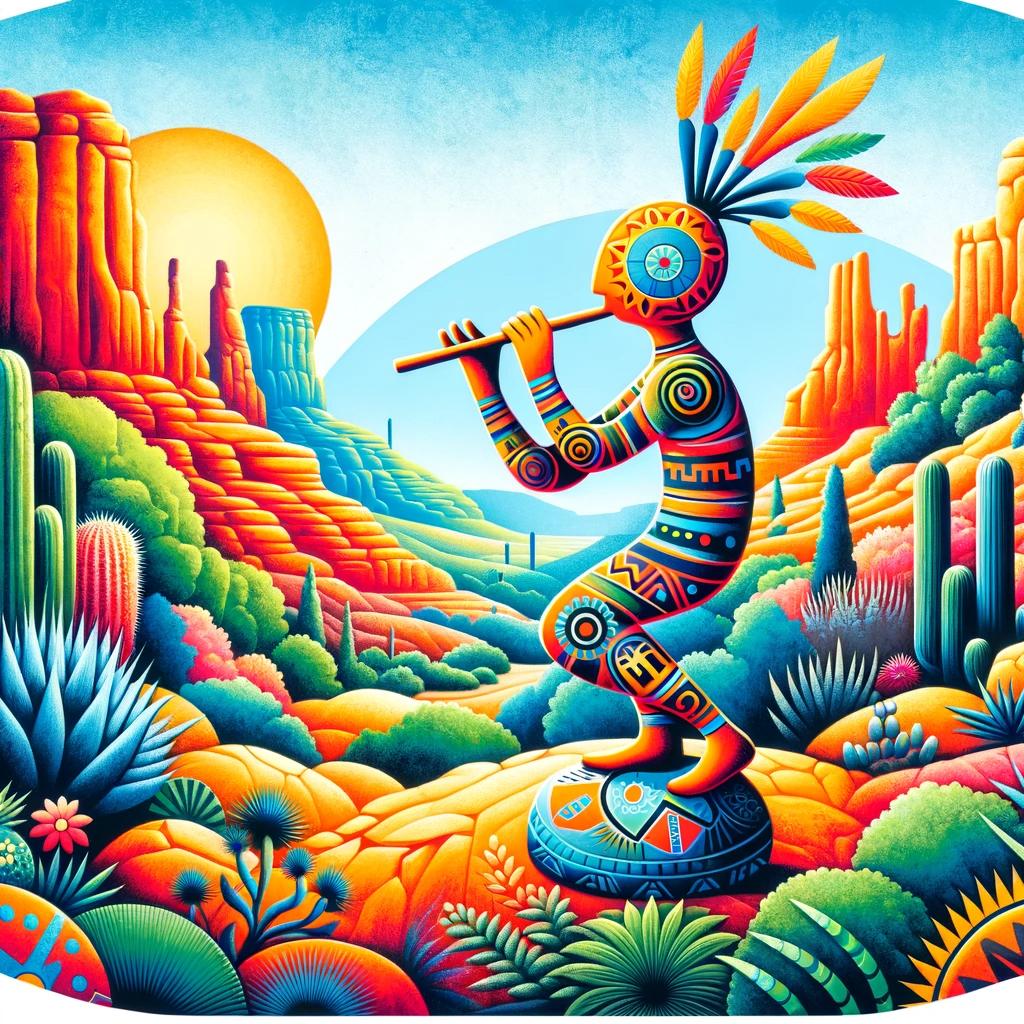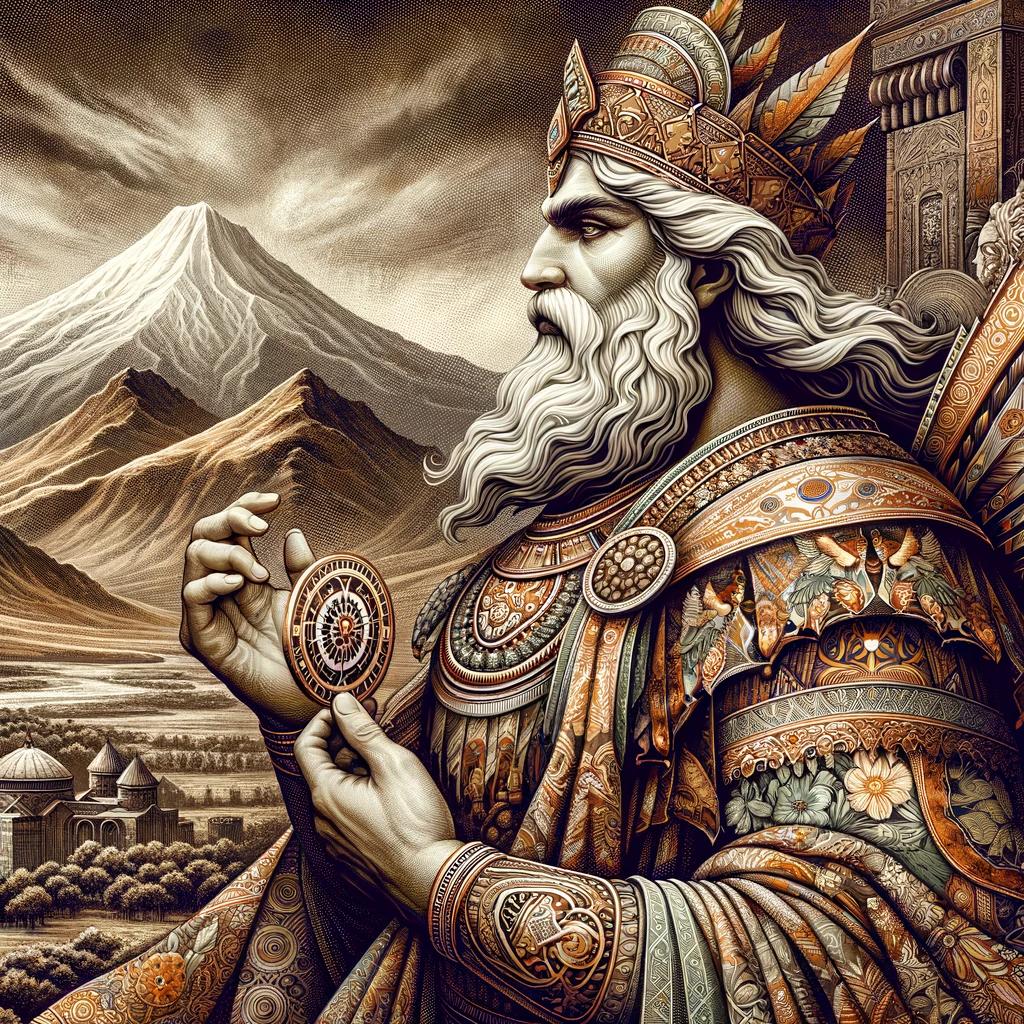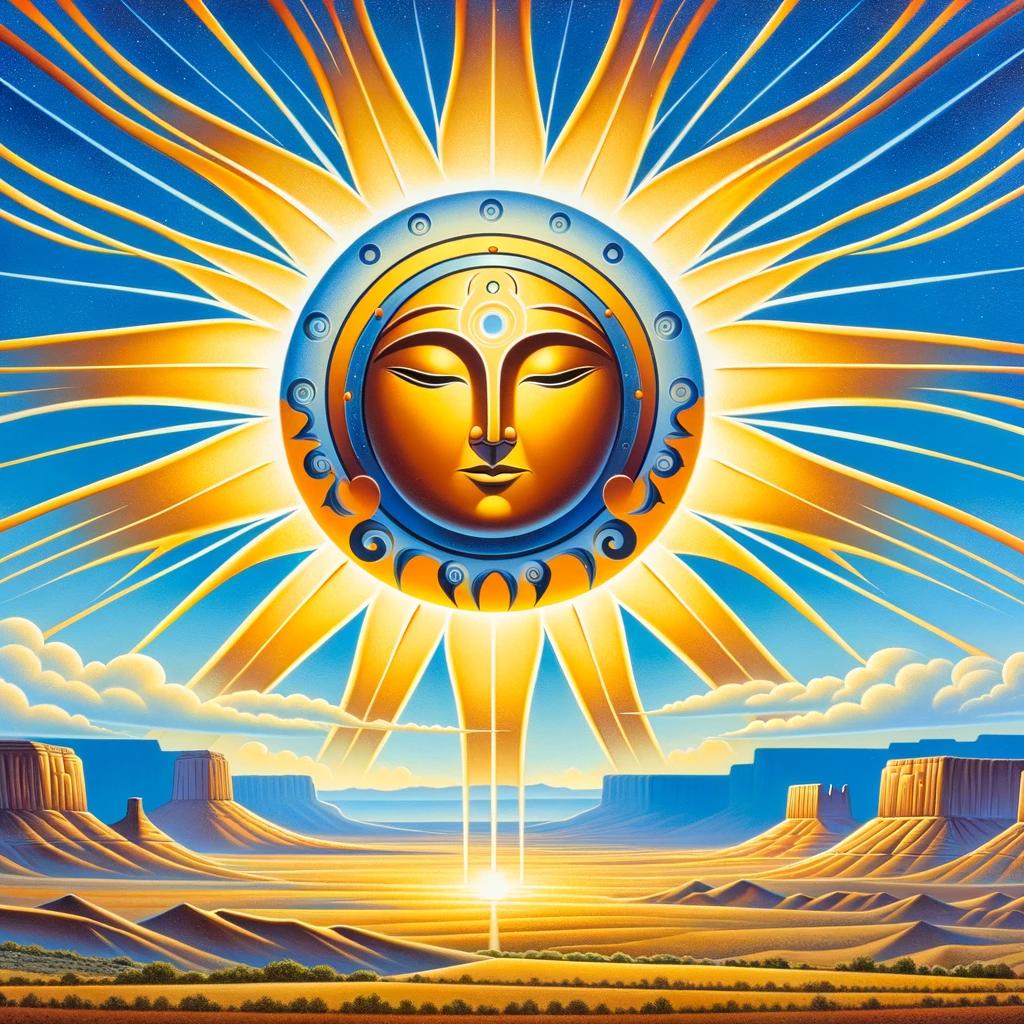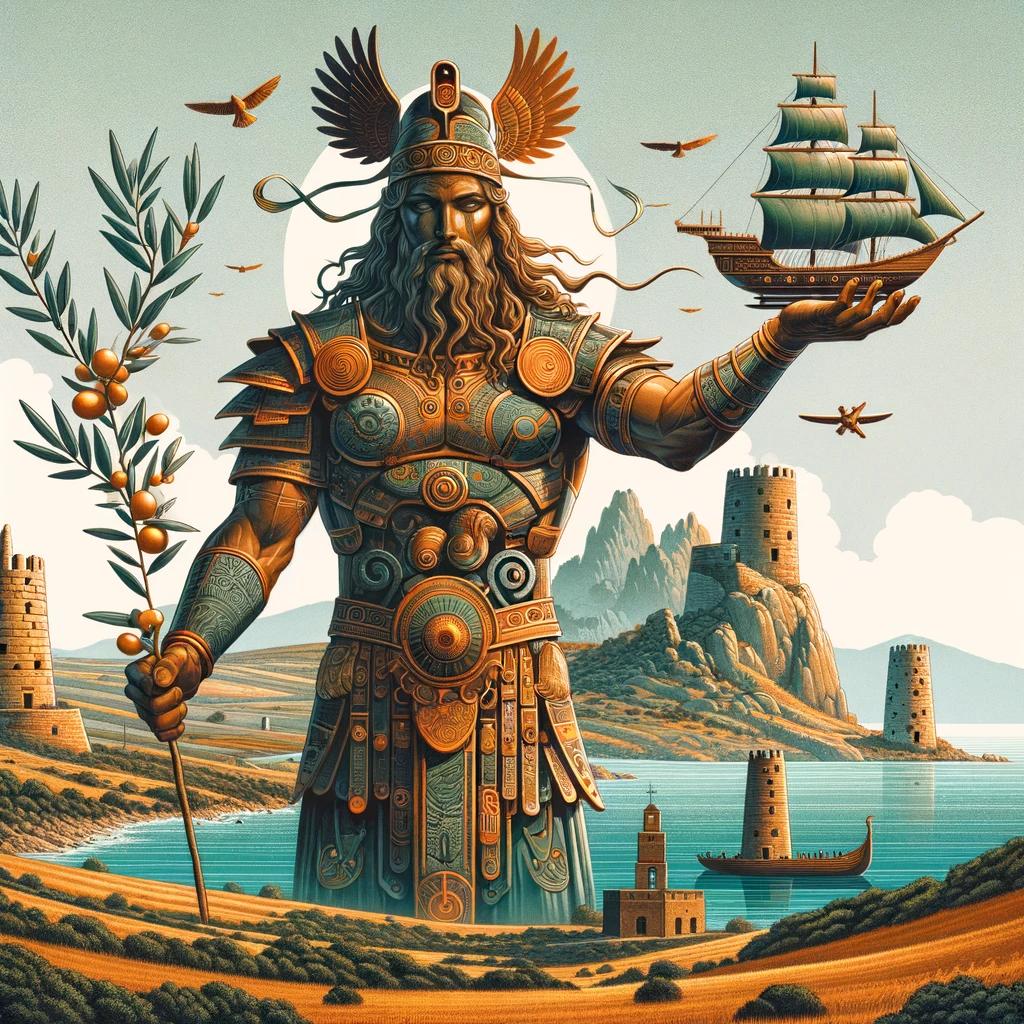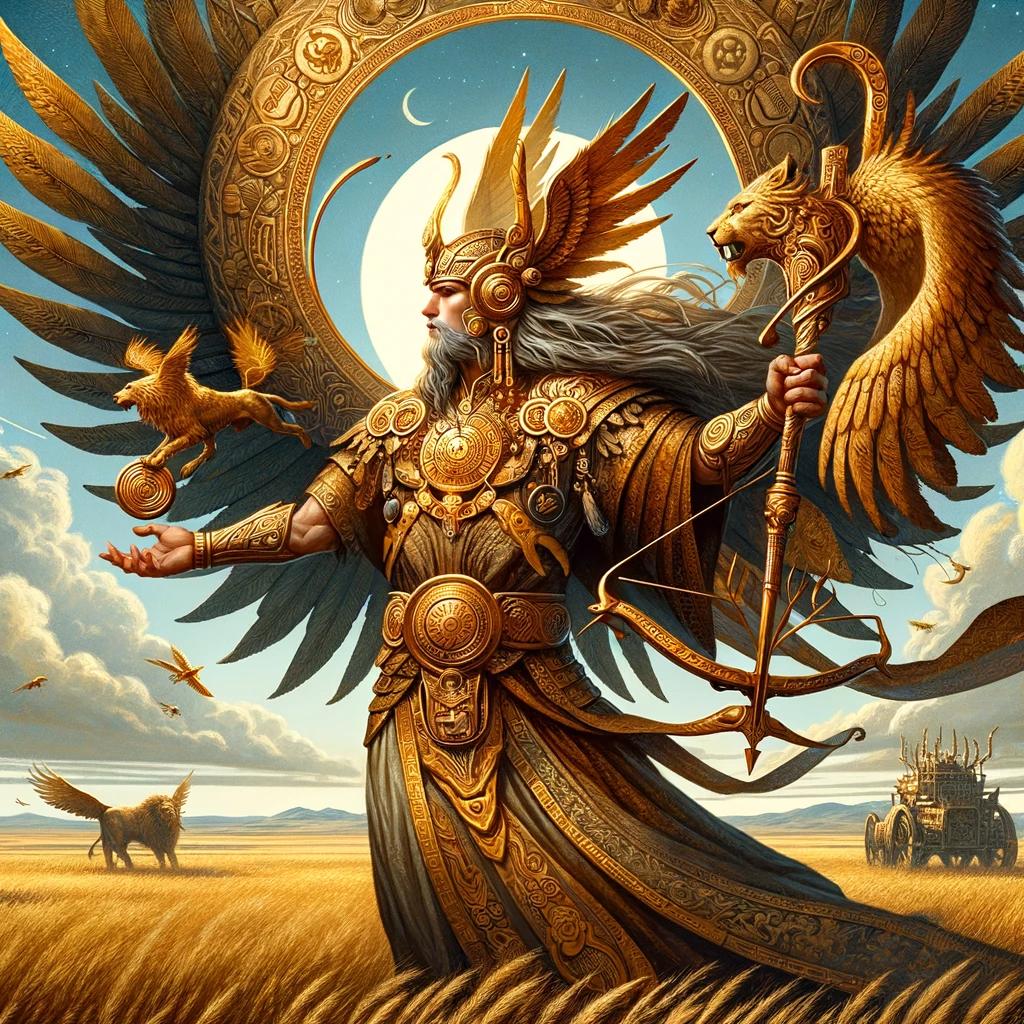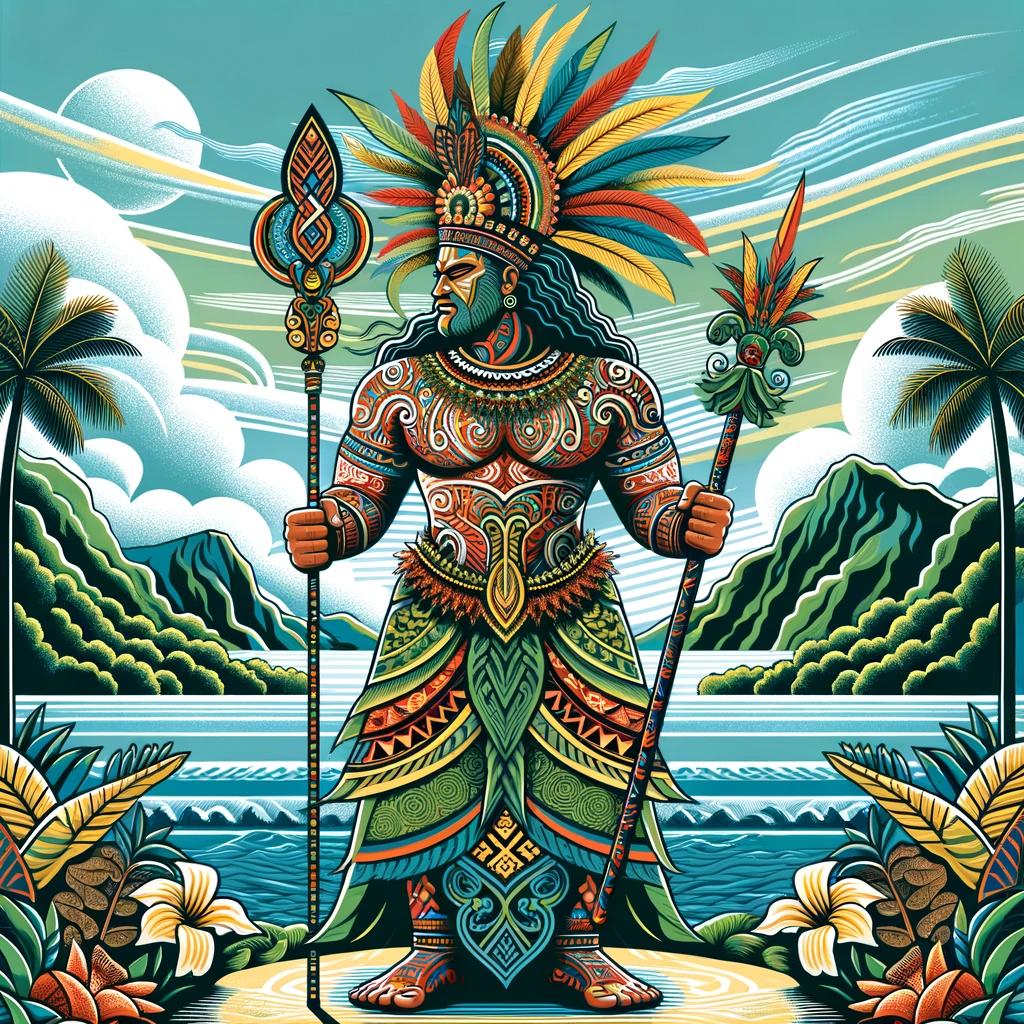Fertility God Kokopelli: Unveiling the Ancient Symbol of Abundance and Joy
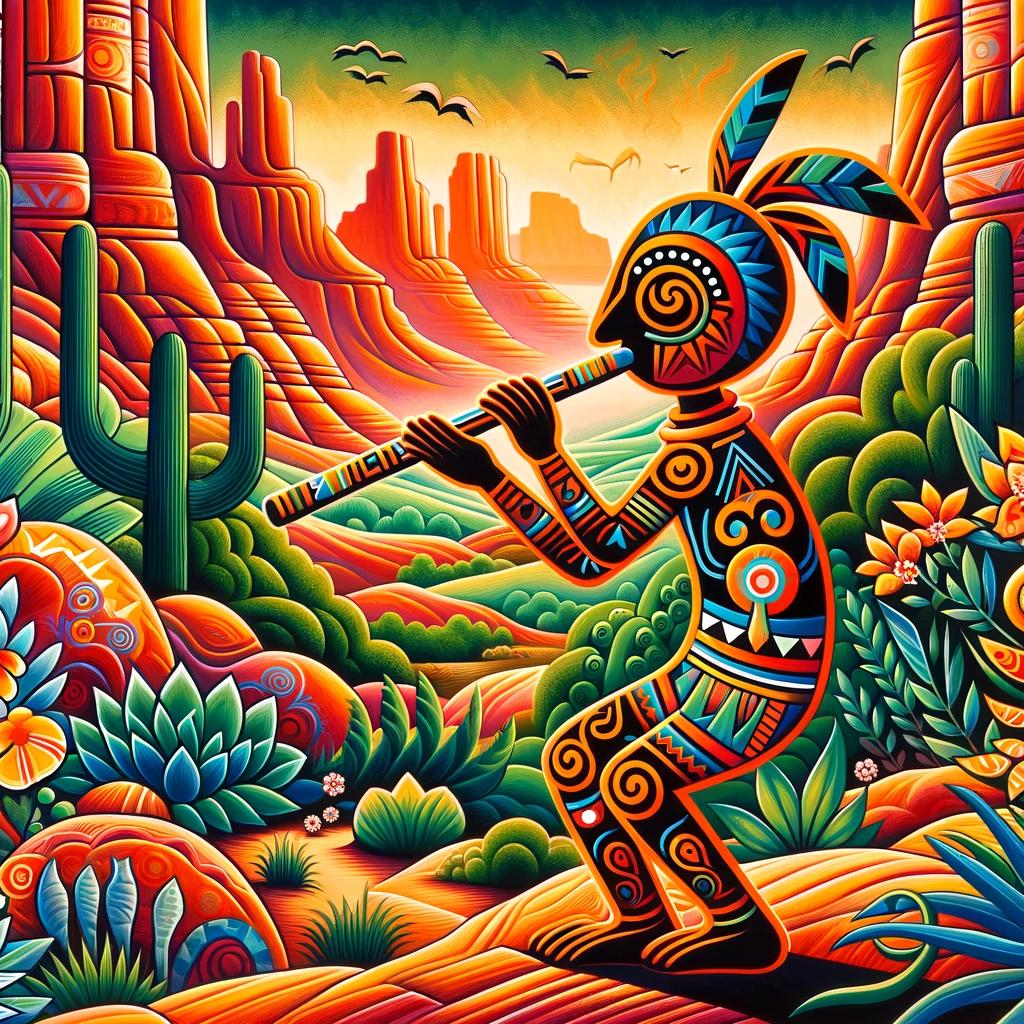
The fertility god Kokopelli is an ancient symbol that holds great significance in Native American cultures. Representing growth, joy, and abundance, Kokopelli is associated with fertility and rain, particularly in the arid Southwest.
From the Hopi people to various Pueblo societies, Kokopelli’s music, dance, and storytelling have traversed communities, connecting people with his rich cultural heritage. However, misconceptions and commercialization have impacted Kokopelli’s true meaning, diluting his significance.
Through this article, we will explore the origins, symbolism, artwork, legends, and preservation of Kokopelli and his enduring legacy.
The Origins of Fertility God Kokopelli
The ancient symbol of Kokopelli holds deep significance in Native American cultures, particularly in the Southwest region of the United States. This captivating figure has been revered and celebrated for centuries, embodying the essence of fertility, growth, and joy.
Understanding the origins of Kokopelli is essential to appreciating its cultural importance and the connections it fosters.
The Ancient Symbol of Kokopelli
Kokopelli’s symbolism predates written history, with ancient depictions found in rock art and pottery throughout the Southwest. This enigmatic symbol often portrays a humpbacked figure, adorned with feathers and carrying a distinctive curved object.
Interpreted as a flute or a staff, this object represents the essence of Kokopelli’s divine presence and power.
Kokopelli in Native American Cultures
Kokopelli is an integral part of the cultural fabric of various Native American tribes, including the Hopi, Zuni, Navajo, and Pueblo peoples. Each tribe has its own unique interpretations and legends surrounding the fertility god, adding depth to his significance.
Despite regional variations, Kokopelli consistently embodies themes of fertility, abundance, music, and storytelling.
Kokopelli and the Hopi Connection
Among the various Native American tribes, the Hopi people have a deep connection with Kokopelli. In Hopi mythology, Kokopelli is often associated with the kachina spirits, representing fertility, agriculture, and rain.
The Hopi consider Kokopelli as a messenger of the gods, bringing blessings, harmony, and prosperity to their communities.
Kokopelli: The Symbol of Fertility and Joy
Kokopelli embodies the essence of fertility and joy in Native American cultures. This iconic figure is deeply associated with abundance, growth, and the life-giving forces of nature. By exploring the various aspects of Kokopelli’s symbolism, we gain a deeper understanding of the cultural significance surrounding this revered deity.
The Association with Fertility
At the core of Kokopelli’s symbolism is his strong association with fertility. He is often depicted with a humpbacked posture and exaggerated phallic symbol, representing the power of procreation and the continuation of life.
This symbolism extends beyond human fertility to encompass the fertility of the land, crops, and livestock, making Kokopelli a central figure in agricultural communities.
Kokopelli as a Joyful Figure
Kokopelli’s presence brings a sense of joy and celebration to the communities he visits. His playful spirit, depicted through his mischievous smile and lively dance, uplifts the spirits of those who encounter him.
Known as a bringer of happiness and good fortune, Kokopelli’s music and dance spread mirth and optimism wherever he goes.
Cultural Significance of Kokopelli’s Music and Dance
Kokopelli’s music and dance hold immense cultural significance. The melodies produced by his flute are believed to carry spiritual messages, connecting people with the divine and serving as a conduit for communication between different communities.
Through his performances, Kokopelli not only entertained but also educated, passing down oral traditions, historical narratives, and sacred knowledge.
In conclusion, Kokopelli represents the intertwining concepts of fertility and joy in Native American cultures.
His association with fertility extends to both human and agricultural realms, while his infectious energy and love for music bring happiness and connection to communities. By exploring the symbolism and cultural significance of Kokopelli’s music, dance, and joyful presence, we gain a deeper appreciation for the spiritual and social impact of this revered deity.
Kokopelli Art: Depicting the Ancient God
Kokopelli in Rock Art and Pottery
Kokopelli’s presence can be found in ancient rock art and pottery throughout Native American cultures. These artworks depict Kokopelli in various forms and poses, showcasing his association with music, dance, and storytelling.
The rock art often displays Kokopelli as a humpbacked figure with a prominent flute, while pottery reveals intricate designs and symbols related to fertility and abundance.
Kokopelli’s Representation in Contemporary Art
Kokopelli’s influence extends to contemporary art, where artists interpret and portray this ancient god in diverse ways.
Paintings, sculptures, and even tattoos capture Kokopelli’s essence, showcasing his role as a bringer of joy, fertility, and connection. Artists often blend traditional elements with modern techniques, reflecting the ongoing relevance and significance of Kokopelli in today’s art world.
Symbolism and Interpretation in Kokopelli Art
The symbolism of Kokopelli in art varies, with different interpretations and meanings attributed to his images. Kokopelli’s flute is often seen as a musical instrument that brings happiness and blessings. The humpbacked posture symbolizes abundance and fertility, while his presence in various cultural artworks represents the interconnectedness of communities and the celebration of life.
Artists explore these symbolic elements, infusing their artwork with unique perspectives and personal expressions.
Misconceptions and Commercialization of Kokopelli
Despite the cultural significance of Kokopelli, there have been several misconceptions and commercialization surrounding this ancient symbol. Let’s explore these issues and the steps taken to preserve the authenticity of Kokopelli’s legacy.
The Misunderstanding of Kokopelli’s Flute Playing
One common misconception about Kokopelli is the misinterpretation of his role as a flute player. While it is true that Kokopelli is often depicted with a flute, this doesn’t accurately represent his original significance in Native American cultures.
The Hopi people, for instance, never associated the symbol with a flute player. The misattributed flute-playing persona has perpetuated due to inaccurate interpretations and commercialization.
Commercialization and Loss of Cultural Meaning
Kokopelli’s image has been widely commercialized, appearing on various products such as souvenirs, t-shirts, and coffee mugs.
Unfortunately, this widespread commercialization has led to a loss of the symbol’s true cultural meaning and significance. Kokopelli has become a trendy and generic motif, detached from its original roots in Native American traditions, which undermines the importance and respect that should be given to this ancient symbol.
Preserving the Authenticity of Kokopelli’s Legacy
Efforts are being made to preserve the authenticity of Kokopelli’s legacy and reclaim its cultural significance. Native American communities, scholars, and cultural organizations are working together to educate the public about the true meaning and origins of Kokopelli.
By promoting accurate information and supporting indigenous artists who portray Kokopelli’s image with respect and cultural integrity, we can help ensure that the symbol is understood and appreciated in its true context.
Kokopelli Legends and Lore
Kokopelli, the ancient symbol of fertility and joy, holds a significant place in the legends and lore of different Native American tribes. These legends vary across tribes, revealing unique perspectives and interpretations of Kokopelli’s role and symbolism.
Let’s explore some of the stories and meanings associated with this enigmatic figure.
Kokopelli in Different Native American Tribes
Hopi Tribe
Among the Hopi people, Kokopelli is revered as a storyteller and a fertility deity. He traverses the land, sharing tales and connecting diverse groups of people. Kokopelli’s essence embodies the spirit of music, dance, and celebration.
His symbolic presence brings inspiration, joy, and anticipation of abundant crops and vital rainfall in the desert Southwest.
Pueblo Tribes
Similarly, various Pueblo tribes, such as the Zuni and Acoma, have incorporated Kokopelli into their cultural traditions. He symbolizes the arrival of spring and the beginning of agricultural activities. Kokopelli’s presence during ceremonies and festivities amplifies the spirit of community, joy, and hope for a successful harvest.
Anasazi and Ancient Puebloan Cultures
Within the ancient ruins of the Anasazi and Ancient Puebloan cultures, depictions of Kokopelli can be found, offering glimpses into their belief systems. The presence of Kokopelli in their rock art and pottery suggests a connection to fertility, abundance, and the cycles of nature.
He represents the harmony between humans, the land, and the divine.
Stories and Legends Surrounding Kokopelli
Kokopelli’s legends and stories are woven into the fabric of Native American oral traditions. Across different tribes, tales of Kokopelli’s mischievous and playful nature abound. One story tells of Kokopelli’s magical flute, which had the power to bring rain and fertility to the land.
Another legend speaks of his role as a matchmaker, helping young lovers find their path to happiness and starting a family.
Symbolic Meaning and Interpretations of Kokopelli
Kokopelli’s symbolic meaning extends beyond fertility and joy. His representation embodies themes of creativity, connection, and the power of music and dance to transcend boundaries. Kokopelli’s presence reminds us of the importance of storytelling and shared experiences in preserving cultural heritage.
His enigmatic personality, filled with mischief and astuteness, adds layers of intrigue to the overall symbolism.
In conclusion, the legends and lore surrounding Kokopelli provide valuable insights into the diverse interpretations and cultural significance of this ancient figure.
Among different Native American tribes, Kokopelli is venerated as a storyteller, a fertility deity, and a bringer of joy and abundance. The stories and symbolic meanings associated with Kokopelli add depth and richness to the understanding of his role in Native American cultures.
.











